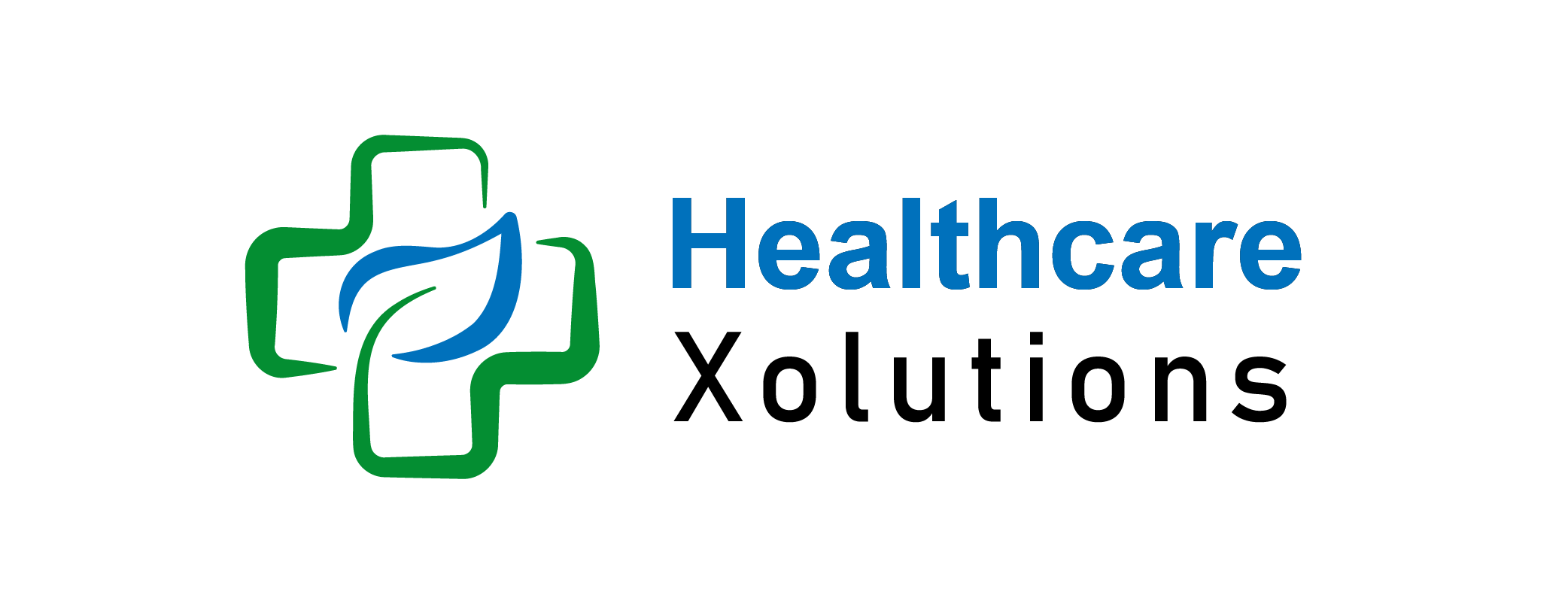How To Estimate The Cost of Dental Insurance Plans | Complete Guide

In the U.S., the average dental insurance premium is around $25 to $50 per month, but true costs vary widely based on factors like coverage, provider, and location.
Understanding how to estimate the cost of dental insurance plans is essential for avoiding high out-of-pocket dental costs. By comparing plans accurately, evaluating premiums, and knowing what exclusions and copayments apply, you can ensure affordable dental coverage without unexpected expenses.
Key Takeaways:
- Costs vary based on age, location, and plan type.
- Premiums, deductibles, and copayments affect total cost.
- Evaluate dental plan waiting periods and benefit limits.
- Use tools to compare dental insurance plans side-by-side.
- Good oral hygiene lowers preventive dental care costs and future premiums.
Table of Contents
Types of Dental Insurance Plans:
Understanding plan structures helps in estimating total costs:
- DHMO Plans: Low premiums, fixed copayments for dental procedures, limited provider network.
- PPO Plans: Higher premiums, flexible access, includes out-of-network dental care.
- Indemnity Plans: Higher cost, any dentist access, reimburses percentage of services.
- Discount Plans: Not insurance; membership-based dental service discounts.
Key Factors Affecting Dental Insurance Costs:
Dental insurance pricing is influenced by:
- Age and dental history
- Zip code and regional pricing
- Plan structure and dental insurance exclusions and limitations
- Individual vs. dental insurance for families
- Annual maximums and dental insurance deductibles.
Steps To Estimate Dental Insurance Plan Costs:
- Determine routine vs. major dental care needs.
- Select the suitable plan type (DHMO, PPO, etc.).
- Check monthly dental insurance premiums.
- Estimate per-service copays and deductibles.
- Review preventive dental care costs coverage.
- Consider annual limits and dental plan waiting periods.
- Sum all to calculate your yearly out-of-pocket cost.
Additional Costs To Consider:
- Waiting periods for crowns or root canals.
- Cosmetic exclusions (whitening, veneers).
- Extra fees for out-of-network providers.
- Paper claim processing or administrative costs.
How To Compare Dental Insurance Plans Effectively?
To compare dental insurance plans effectively:
- Match premium costs with expected services.
- Analyze coverage and provider network size.
- Read fine print for exclusions or limits.
- Check for online calculators and customer reviews.
- Evaluate combined family plans vs. individual policies.
Tips To Lower Your Dental Insurance Costs:
- Choose preventive care plans for routine needs.
- Select higher deductibles if visits are rare.
- Bundle dental and health insurance where possible.
- Stay in-network to avoid surcharge fees.
- Maintain oral hygiene to prevent expensive procedures.
Conclusion – How To Estimate The Cost of Dental Insurance Plans:
To estimate the cost of dental insurance plans, you must evaluate your needs, compare plan types, and account for hidden charges like exclusions and waiting periods. Calculate dental insurance premiums, deductibles, and copayments to find affordable dental coverage that balances budget with protection. Use official plan tools and third-party calculators to refine your choices. Smart estimation avoids surprise bills and ensures full dental health coverage for individuals and families.
FAQs:
How much does dental insurance cost per month?
Plans cost $20–$50/month depending on age, coverage, and location.
Are dental insurance premiums tax-deductible?
Yes, if self-employed or itemizing. Consult a tax advisor.
Can I find dental insurance with no waiting periods?
Yes. Preventive care is often immediate; major work may wait 6–12 months.
Is paying out-of-pocket cheaper than insurance?
Yes, for minimal dental needs regular care makes insurance cost-effective.
What affects dental insurance deductibles and premiums?
Age, location, coverage level, and provider type are key cost factors.
